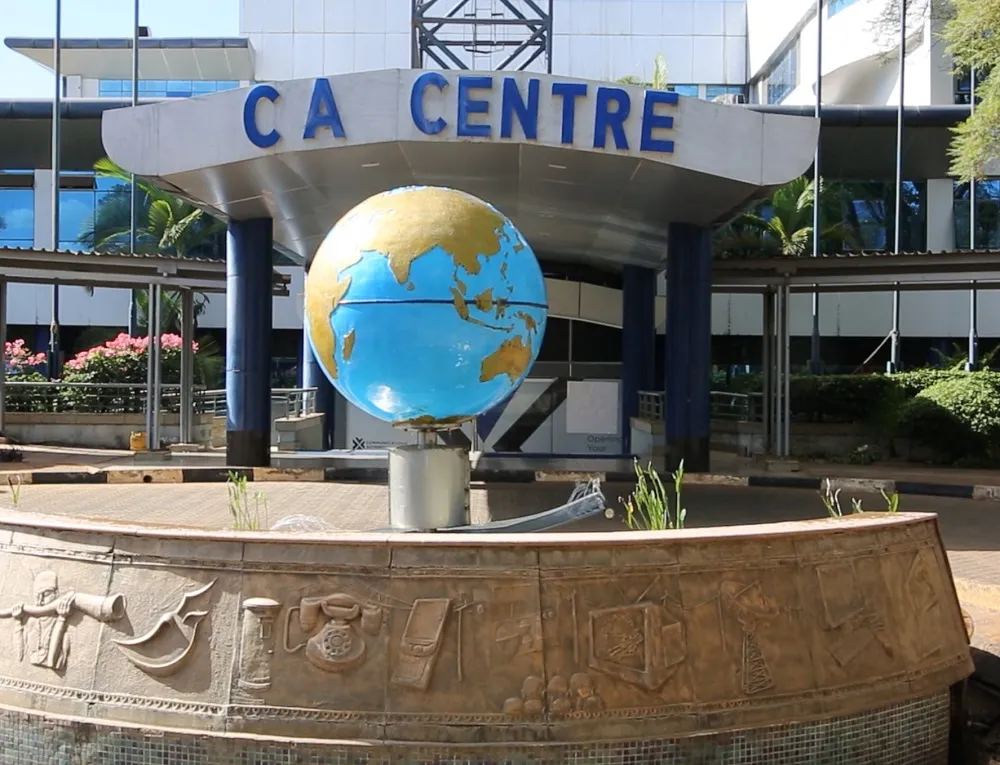
CA reaffirms commitment to media freedom
The Communications Authority of Kenya (CA) has reaffirmed its commitment in creating a conducive operating environment for the media industry that guarantees freedom of opinion and expression.
Lydia Sitienei, the Corporation Secretary (CS) of the Communications Authority of Kenya has underscored the government’s unwavering support for a free and independent media in the country.
Sitienei stated that the Authority acknowledges the media industry’s important role in the country’s development and is committed to creating an enabling environment for the media, especially the broadcasting industry, to thrive and continually enhance democracy.
She said the CA is cognizant of the critical role the media plays in helping the country achieve social-economic development and progress.
Correspondingly, the media has an obligation and responsibility to continue operating within the law and the conditions of their respective licenses. “This is important in ensuring that there is order and sanity in the media industry,” she said, expressing his commitment to engage with the media and civil society in strengthening media freedom.
She underscored the Authority’s commitment in creating a conducive environment for the investment in the media sector, job creation and promoting a free environment in which the media can operate and flourish.
Sitienei was speaking at a capacity-building workshop for coastal media practitioners at the Sarova Whitesands Beach Resort and Spa in Mombasa.
The four days of media engagement which, in the first two days will encompass capacity development at the hotel and the remaining two days will involve a site visit for the Voice Infrastructure and Digital Superhighway projects.
“To ensure progressive and proactive regulation that will foster that facilitative ecosystem, CA has enhanced its strategic stakeholder engagement with actors in the broadcasting sector and state organs for collaboration and mutual benefit,”she said.
She went further ‘we also acknowledge that freedom of the press is a prerequisite for democracy and that the media is also important in promoting good governance and harmonization of political relationships during mediations’.
The CS said the Mombasa media engagement forum was the Authority’s fifth workshop for journalists and is geared towards enhancing understanding of the CA’s mandate and also a platform to engage on the future of ICTs.
Sitienei said the CA is out to facilitate infrastructure development and investment, expanding the reach of ICT infrastructure, to bridge the digital divide and create equal opportunities for all.
She said the media scene is so diversified and fragmented, and traditional media content generation and consumption has changed so much with the advent of social media which is rapidly becoming a leading source of information transmission and content.
The CA senior official noted that social media platforms such as X (formerly Twitter), Tik Tok, Facebook, Flickr, and YouTube have changed the way conversations happen in Kenya and elsewhere in the world, profoundly democratizing the marketplace of ideas.
“Digital platforms have democratized media, necessitating collaboration between governments, platform providers, journalists, civil society, and regulators,” she said.
On innovation, the Authority has implemented a Regulatory Sandbox framework that facilitates ICT innovation and entrepreneurship, by allowing innovators to test emerging ICT products and services in a controlled environment, such as new broadcasting technologies.
Sitienei in her address to the media practitioners acknowledged the challenges facing the media such as the rapidly evolving landscape driven by technological advancements and changing consumer habits.
“I must say that we are greatly concerned, just like many other stakeholders, about the state of the broadcasting industry in Kenya, particularly within the context of sustainability. When we see increasing job losses and redundancies being declared every other passing day in the media industry, we are perturbed,” she said.
She urged journalists and media houses to embrace new technologies and innovative practices such as artificial intelligence (AI), virtual reality (VR), and data analytics to survive and excel in the rapidly evolving industry.
The CA is also driving change in the digital age through stakeholders and the public participation in decision-making processes, ensuring transparency and inclusivity in the development of regulatory instruments.
She emphasized the engagement of stakeholders to ensure that regulatory obligations and expectations are met to ensure ICT services are provided to the satisfaction of the consumers and wider public good.
“We will be collaborating with other state agencies including the Kenya Film Classification Board, Media Council of Kenya, the Kenya Copyright Board and the Betting Control and Licensing Board to enhance compliance with regulatory requirements,” she said.
She also said CA is creating opportunities for additional players or services such as through Kenya’s transition to Digital Terrestrial Television (DTT) services and the planned Digital Sound Broadcasting (DSB). “We are committed to fostering a safe cyberspace, enhancing trust in digital services,” said Sitienei.
She added that the Child Online Protection initiative in collaboration with stakeholders such as the Department of Children Services, Kenya Primary Schools Heads Association, and the Ministry of Education, to equip both children, their parents or guardians and teachers with information and skills for productive and safe Internet use.
